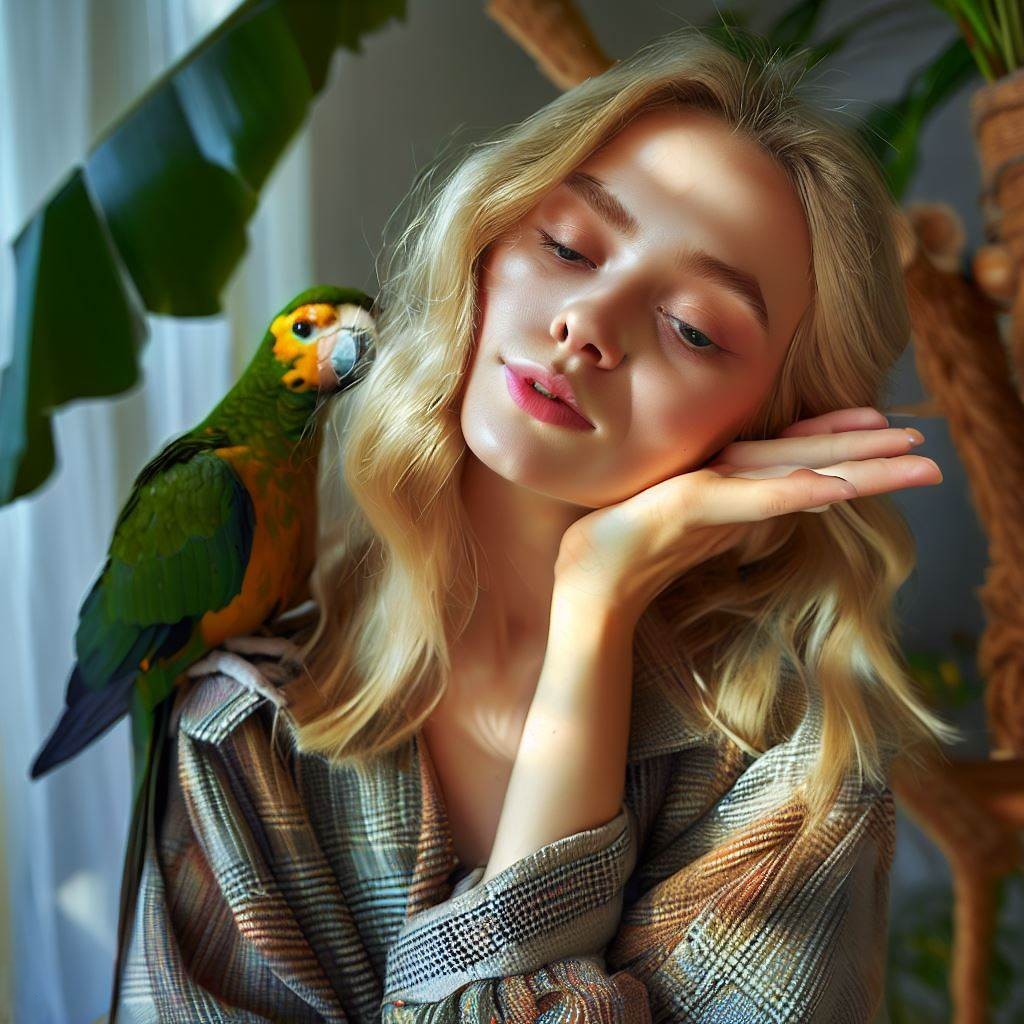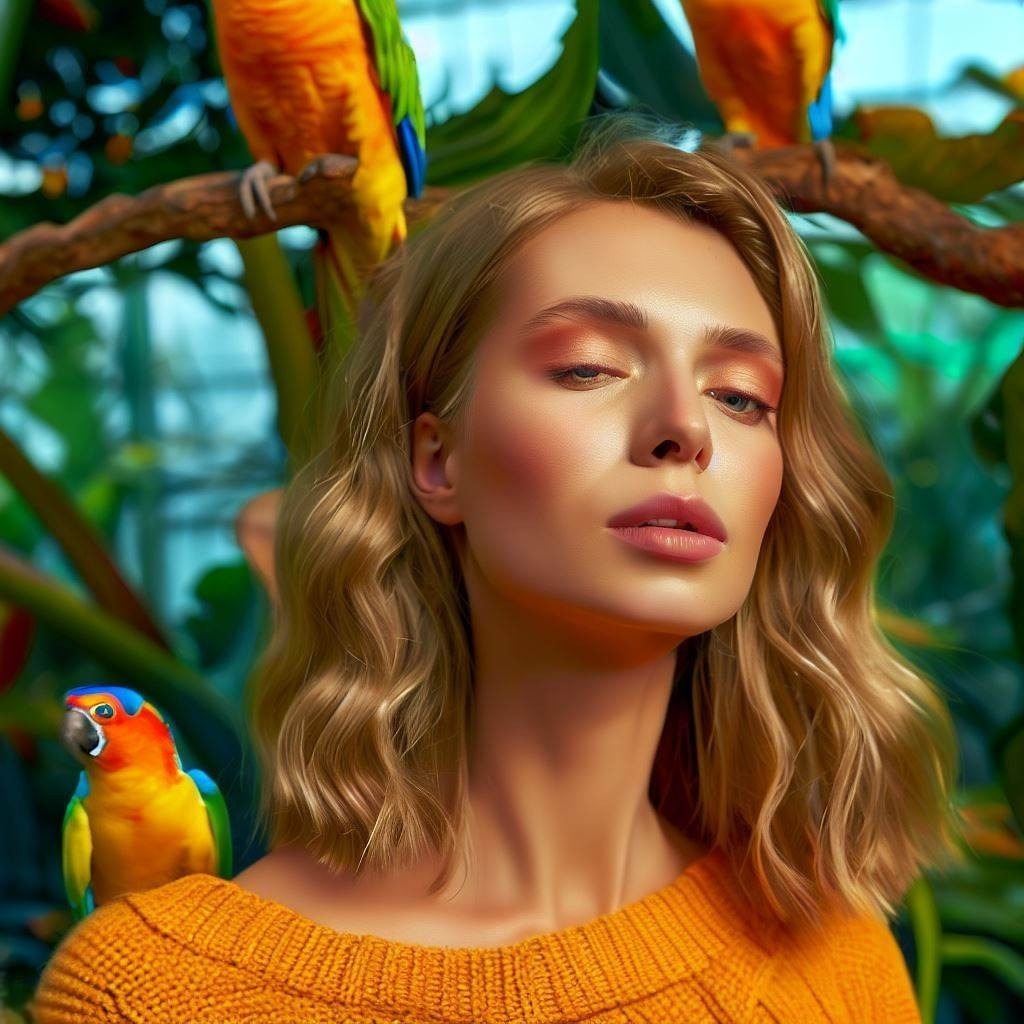Parrots, renowned for their vibrant colors and unparalleled mimicry skills, are also recognized for their complex social behaviors. One such behavior is the role of sentinel birds or lookouts within a parrot flock. These birds play a crucial part in the flock’s survival, serving as an early warning system against potential threats. This post delves deeper into the role of the lookouts, their importance, and how this behavior reflects the intricate social dynamics within parrot flocks.
Parrots, renowned for their vibrant colors and unparalleled mimicry skills, are also recognized for their complex social behaviors. One such behavior is the role of sentinel birds or lookouts within a parrot flock. These birds play a crucial part in the flock’s survival, serving as an early warning system against potential threats. This post delves deeper into the role of the lookouts, their importance, and how this behavior reflects the intricate social dynamics within parrot flocks.
Parrots, with their eye-catching colors and unique ability to mimic human speech, have been the subject of human fascination for centuries. However, beyond their engaging aesthetics and sounds lies a complex social structure that plays a significant role in their survival and well-being. Parrots, as social creatures, engage in cooperative behaviors that benefit their group as a whole. This post delves deeper into these cooperative behaviors, including communal roosting, collective foraging, and shared parenting.
Parrots, with their eye-catching colors and unique ability to mimic human speech, have been the subject of human fascination for centuries. However, beyond their engaging aesthetics and sounds lies a complex social structure that plays a significant role in their survival and well-being. Parrots, as social creatures, engage in cooperative behaviors that benefit their group as a whole. This post delves deeper into these cooperative behaviors, including communal roosting, collective foraging, and shared parenting.
Parrots, with their eye-catching colors and unique ability to mimic human speech, have been the subject of human fascination for centuries. However, beyond their engaging aesthetics and sounds lies a complex social structure that plays a significant role in their survival and well-being. Parrots, as social creatures, engage in cooperative behaviors that benefit their group as a whole. This post delves deeper into these cooperative behaviors, including communal roosting, collective foraging, and shared parenting.
Parrots, with their eye-catching colors and unique ability to mimic human speech, have been the subject of human fascination for centuries. However, beyond their engaging aesthetics and sounds lies a complex social structure that plays a significant role in their survival and well-being. Parrots, as social creatures, engage in cooperative behaviors that benefit their group as a whole. This post delves deeper into these cooperative behaviors, including communal roosting, collective foraging, and shared parenting.
Cats, with their enigmatic eyes and nonchalant demeanor, have long been known for their seemingly aloof nature. They lounge in sunny spots with inscrutable expressions, and their independent nature often leaves us questioning what’s really going on behind those gleaming eyes. Their reputation for aloofness often presents a puzzling paradox that leaves cat owners and animal lovers alike baffled. But are cats truly emotionless, or is there more beneath that indifferent exterior?
Cats, with their independent nature and inscrutable expressions, are often perceived as aloof creatures that prefer solitude over companionship. However, recent research has begun to shed light on the emotional depth of these fascinating animals, revealing a more complex picture. Cats not only experience a wide array of emotions but also form emotional bonds with their human companions, much like dogs and even human infants do.
Cats, with their independent nature and inscrutable expressions, are often perceived as aloof creatures that prefer solitude over companionship. However, recent research has begun to shed light on the emotional depth of these fascinating animals, revealing a more complex picture. Cats not only experience a wide array of emotions but also form emotional bonds with their human companions, much like dogs and even human infants do.
Cats, with their independent nature and inscrutable expressions, are often perceived as aloof creatures that prefer solitude over companionship. However, recent research has begun to shed light on the emotional depth of these fascinating animals, revealing a more complex picture. Cats not only experience a wide array of emotions but also form emotional bonds with their human companions, much like dogs and even human infants do.










